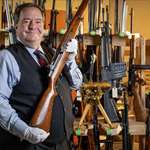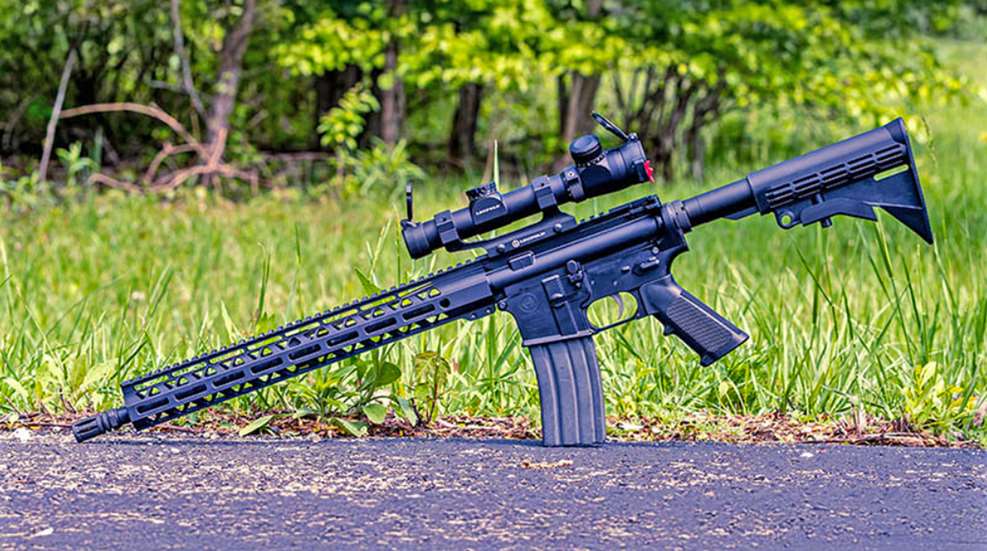
Known for their budget-friendly, semi-automatic handguns and pistol-caliber carbines, Hi-Point Firearms has demonstrated over the years its commitment to innovation and responding to the feedback of their customers. This is demonstrated with the company's latest release, the new-for-2025 HP-15 rifles and handguns.
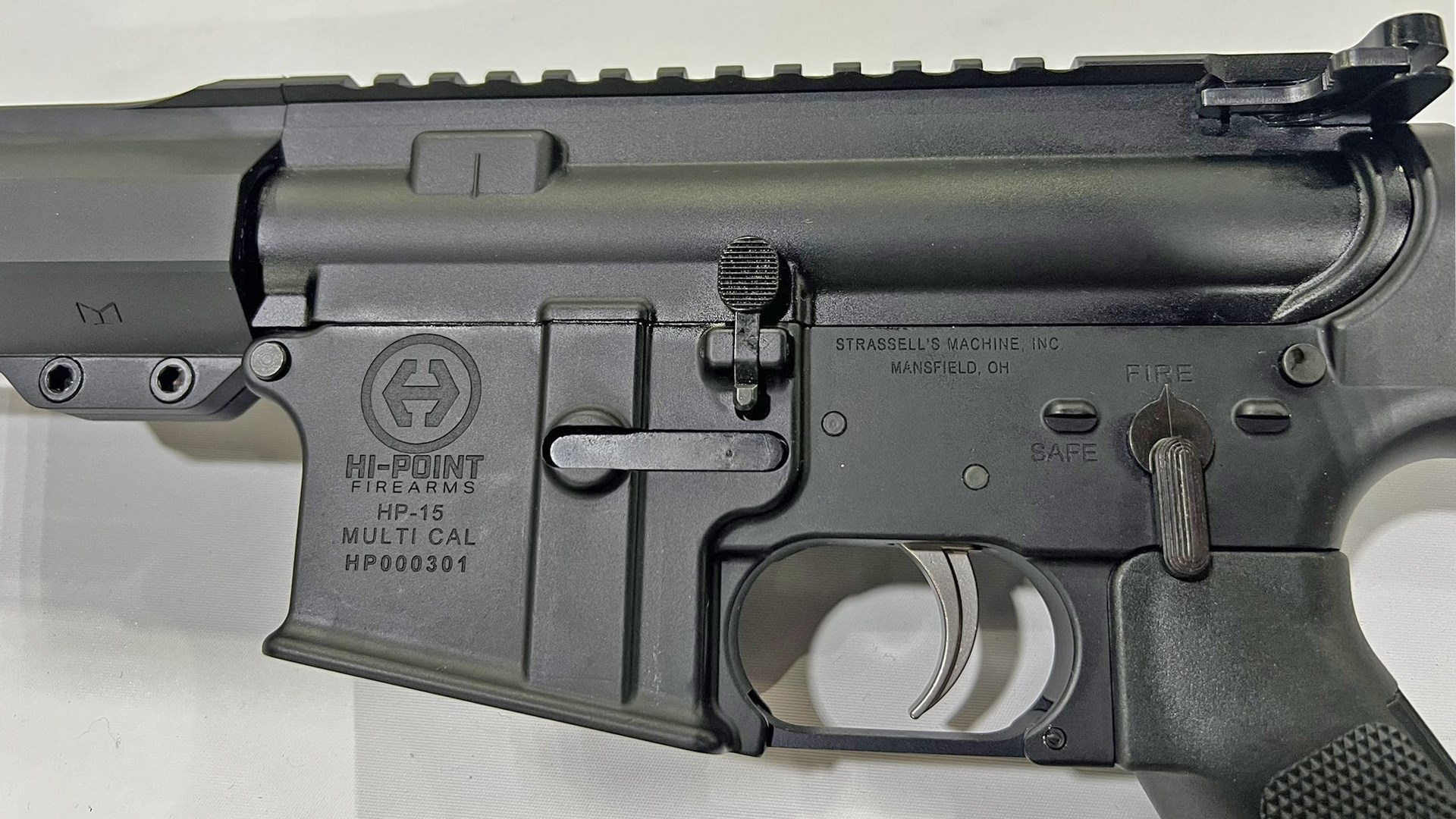
The HP-15 marks a stark departure from the type of firearms Hi-Point is known for.
Instead of the typical uniquely Hi-Point design, the HP-15 is a standard M4-style AR-15, using mil-spec parts, a direct gas-impingement system and an M16-spec bolt carrier. Upper and lower receivers are made of forged 7075 T6 aluminum. Barrels are made of 4150 chrome moly vanadium steel. Fire control components are polished, and all other controls are mil-spec, along with an A2 pistol grip, charging handle and birdcage flashhider. The free-floating aluminum handguard is a lightweight design that has M-Lok slots for attaching accessories. Alloy parts are given a Type III hard-anodized coating, while steel parts are nitrided.
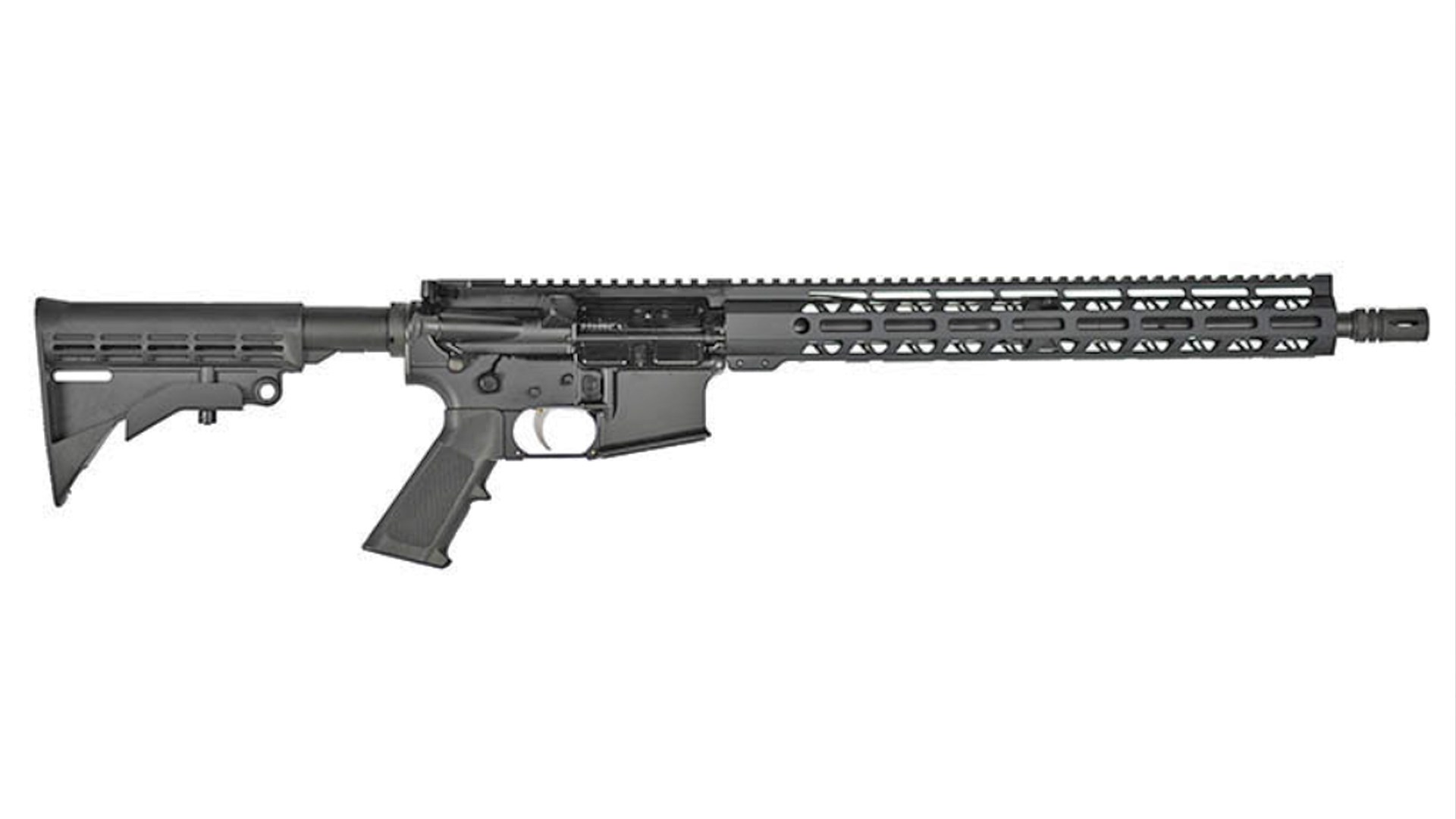
The HP-15 will be initially offered in three configurations. The first is a 16” barrel (1:8” twist and muzzle threaded 1/2x28 TPI) rifle with a .223 Wylde chamber for firing both 5.56 NATO and .223 Remington cartridges, an M4-style buttstock mounted on a six-position buffer tube, and a 15” handguard. The rifle weighs 6.25 lbs.
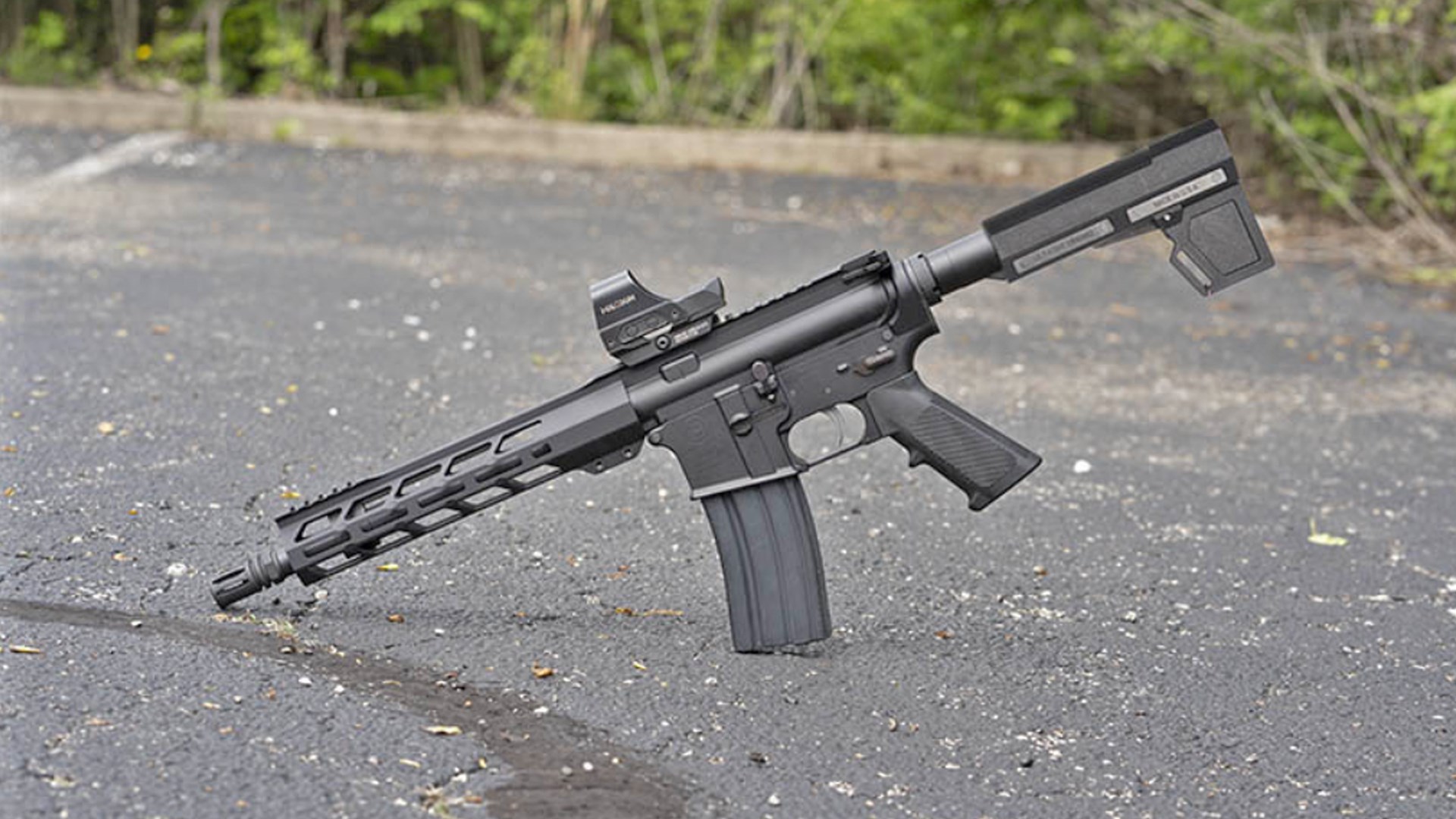
Two 10.5”-barreled pistol versions are offered in 5.56 NATO (same specs as the rifle barrel) and .300 Blackout (1:7” twist with the muzzle threaded 5/8x24 TPI). They have a 9.5” handguard and are supplied with a blade-type stabilizing brace. HP-15 pistols weigh 4.25 lbs.
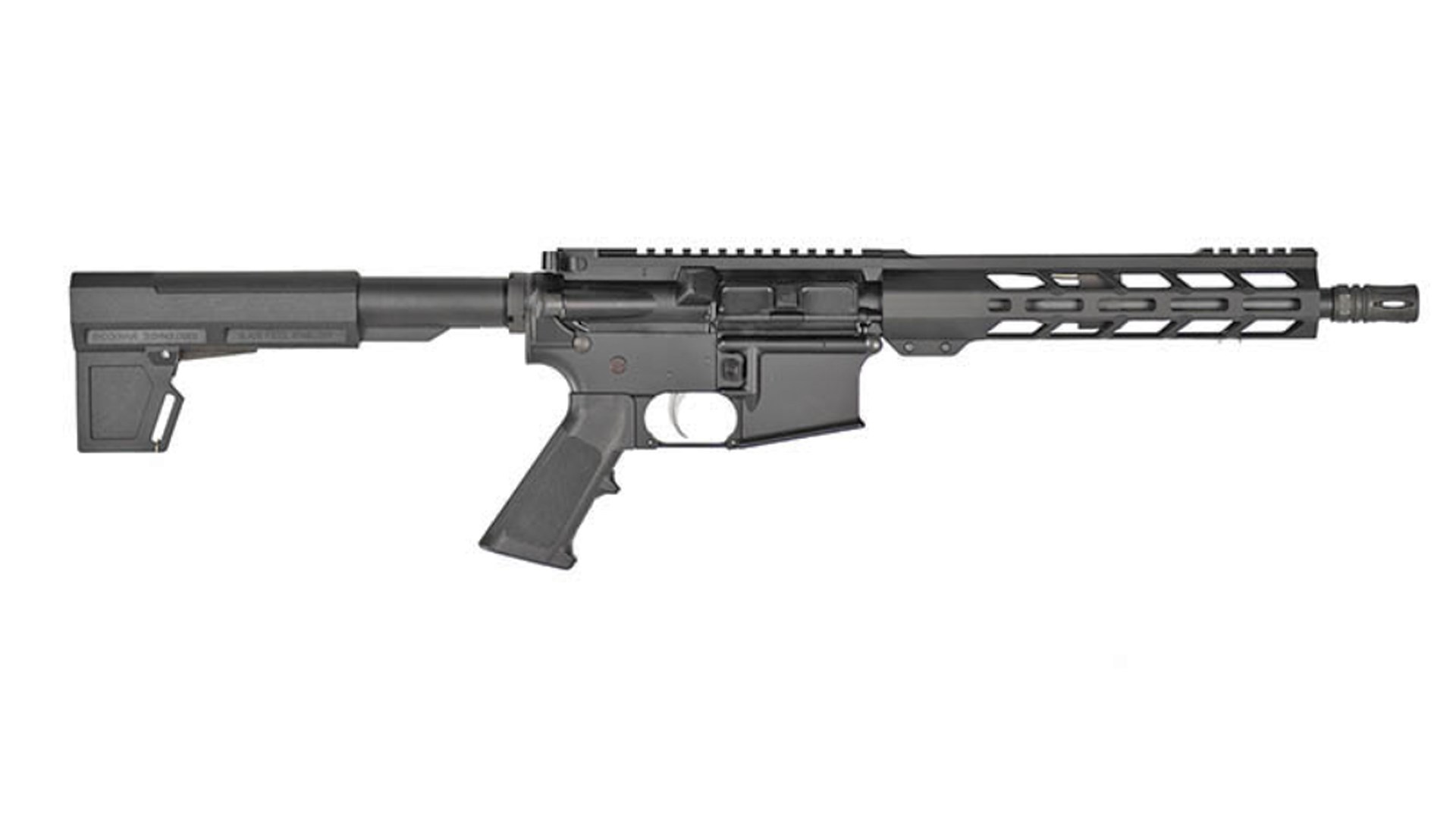
Hi-Point honored its SHOT Show promise that the HP-15 would come in under $500, with the rifle’s MSRP set at $499.99. The HP-15 pistol, in either chambering, has an MSRP of $540. For more information, see the company’s website.












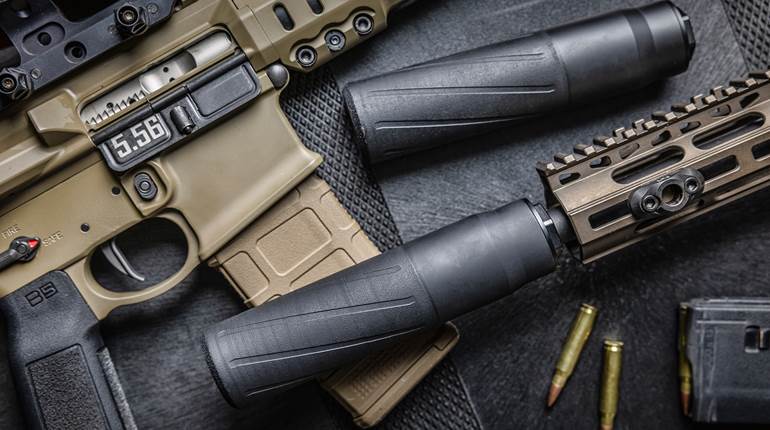

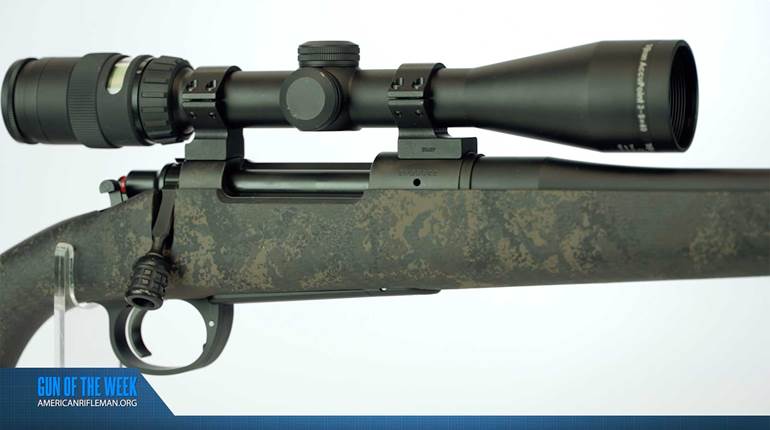
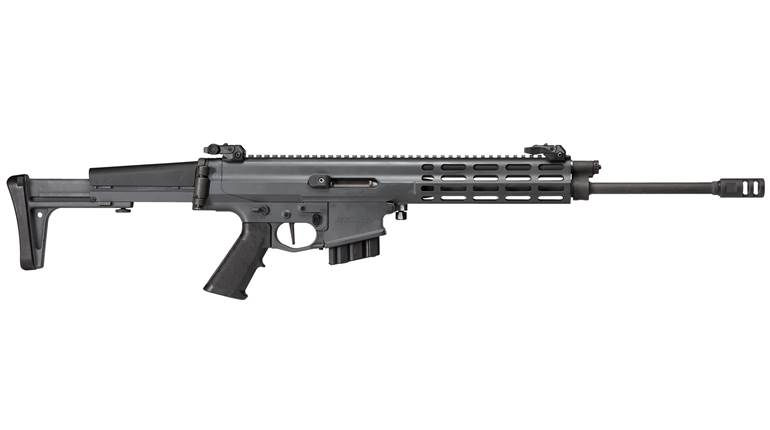

![Winchester Comm[94]](/media/1mleusmd/winchester-comm-94.jpg?anchor=center&mode=crop&width=770&height=430&rnd=134090756537800000&quality=60)
![Winchester Comm[94]](/media/1mleusmd/winchester-comm-94.jpg?anchor=center&mode=crop&width=150&height=150&rnd=134090756537800000&quality=60)



